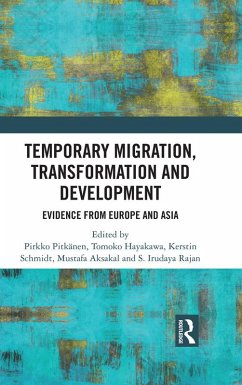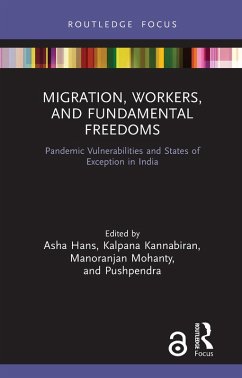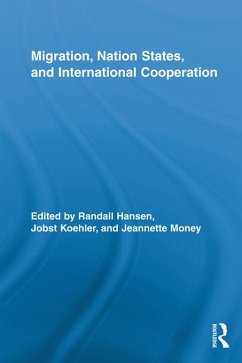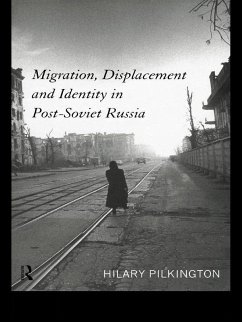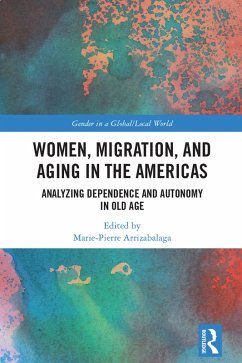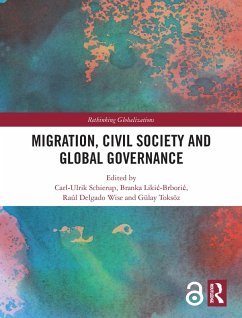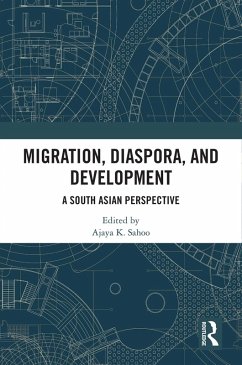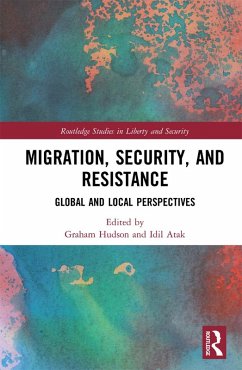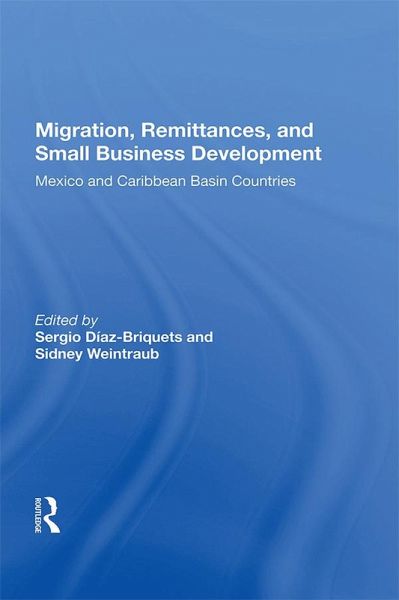
Migration, Remittances, and Small Business Development (eBook, PDF)
Mexico and Caribbean Basin Countries
Redaktion: Diaz-Briquets, Sergio

PAYBACK Punkte
21 °P sammeln!
"The Immigration Reform and Control Act of 1986 (IRCA) was a manifestation of widespread public concern over the volume of undocumented immigration into the United States. The principal innovation of this legislation-the provision to impose penalties on employers who knowingly hire undocumented immigrants-was a response to this concern. This effort at restriction was tempered in IRCA by other provisions permitting the legalization of two types of undocumented immigrantsthose who had resided in the United States since January 1, 1982; and what were called special agricultural workers (SAWs), pe...
"The Immigration Reform and Control Act of 1986 (IRCA) was a manifestation
of widespread public concern over the volume of undocumented
immigration into the United States. The principal innovation of this
legislation-the provision to impose penalties on employers who knowingly
hire undocumented immigrants-was a response to this concern.
This effort at restriction was tempered in IRCA by other provisions
permitting the legalization of two types of undocumented immigrantsthose
who had resided in the United States since January 1, 1982; and
what were called special agricultural workers (SAWs), persons who had
worked in perishable crop agriculture for at least 90 days during specified
periods from 1983 to 1986. Approximately 3.1 million persons sought
legalization (what is popularly referred to as amnesty) under these two
provisions. The breakdown was roughly 1.8 million under the regular
program and 1.3 million as SAWs. Mexicans made up 75 percent of the
combined legalization requests."
of widespread public concern over the volume of undocumented
immigration into the United States. The principal innovation of this
legislation-the provision to impose penalties on employers who knowingly
hire undocumented immigrants-was a response to this concern.
This effort at restriction was tempered in IRCA by other provisions
permitting the legalization of two types of undocumented immigrantsthose
who had resided in the United States since January 1, 1982; and
what were called special agricultural workers (SAWs), persons who had
worked in perishable crop agriculture for at least 90 days during specified
periods from 1983 to 1986. Approximately 3.1 million persons sought
legalization (what is popularly referred to as amnesty) under these two
provisions. The breakdown was roughly 1.8 million under the regular
program and 1.3 million as SAWs. Mexicans made up 75 percent of the
combined legalization requests."
Dieser Download kann aus rechtlichen Gründen nur mit Rechnungsadresse in A, B, BG, CY, CZ, D, DK, EW, E, FIN, F, GR, HR, H, IRL, I, LT, L, LR, M, NL, PL, P, R, S, SLO, SK ausgeliefert werden.





